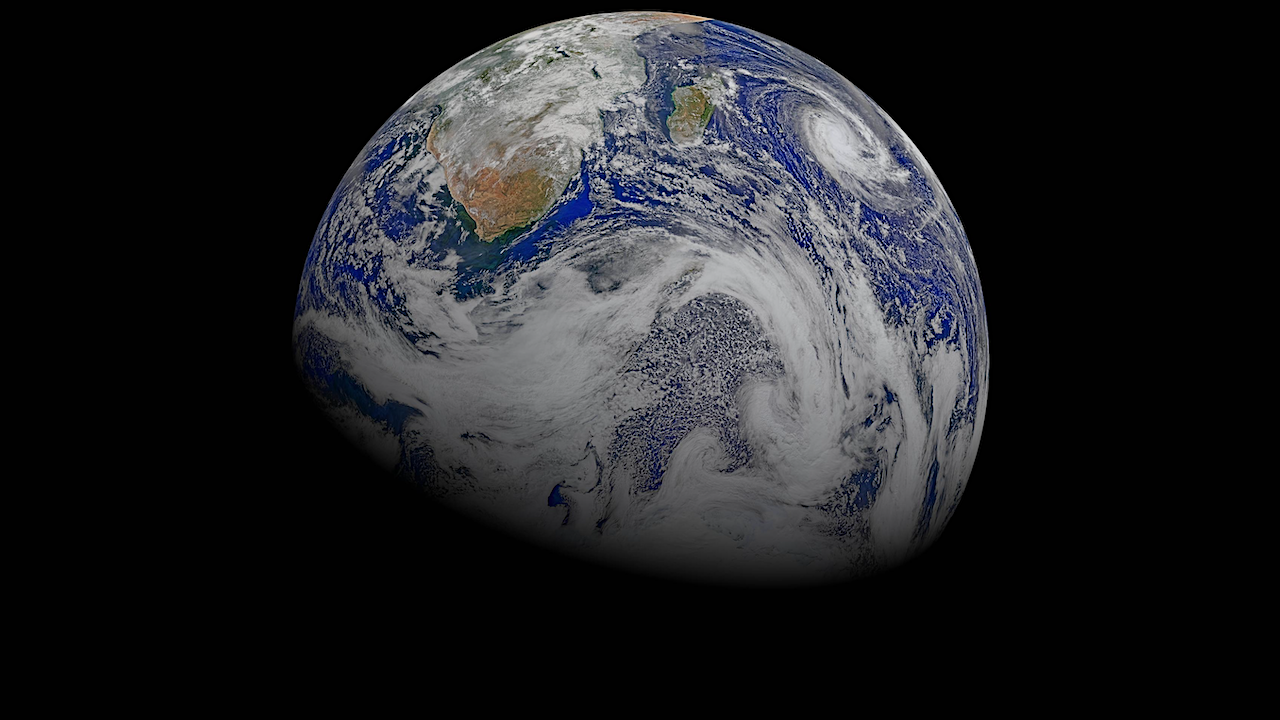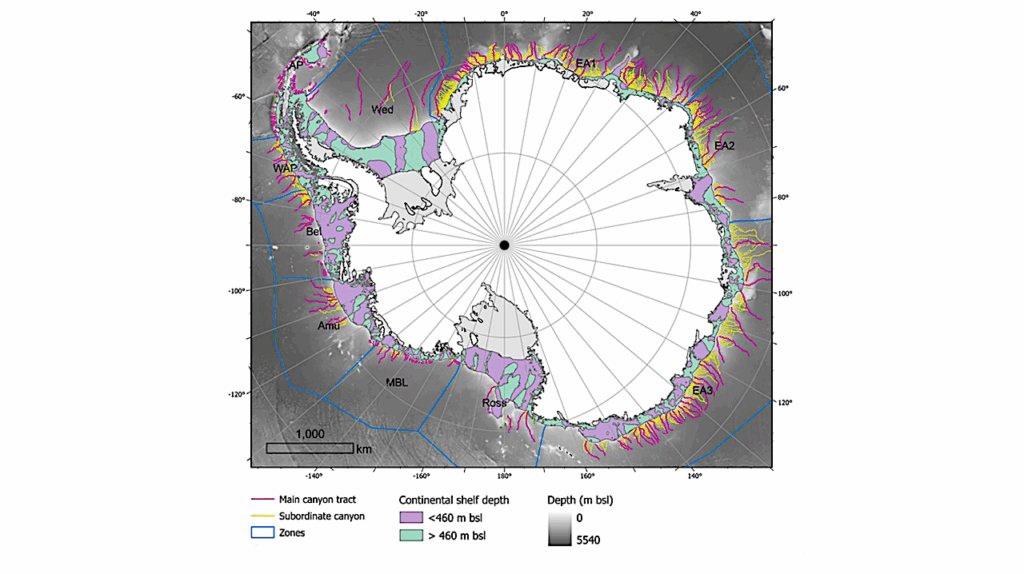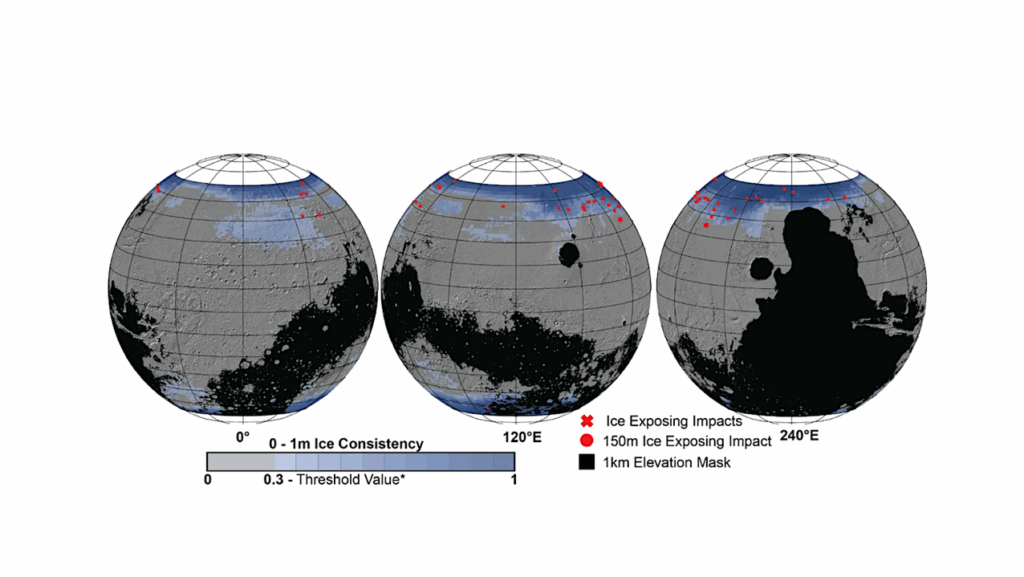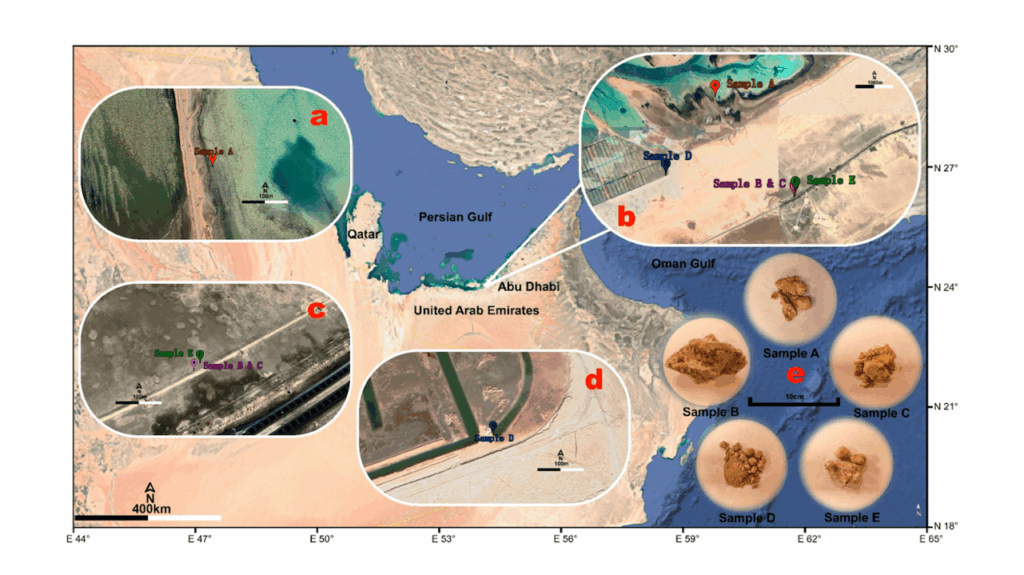Using Earth As A Test Object For Exoplanet Science

Life is indeed possible on Earth. This has been demonstrated in a study conducted by the Institute of Particle Physics and Astrophysics at ETH Zurich. Of course, the researchers’ intention wasn’t to answer the question itself. Instead, they used the Earth as an example to prove that the planned LIFE (Large Interferometer for Exoplanets) space mission can be a success – and that the planned measurement procedure works.
Searching for life
With a network of five satellites, the international LIFE initiative led by ETH Zurich hopes to one day detect traces of life on exoplanets. It aims to undertake a more detailed study of Earth-like exoplanets – rocky planets that are similar to Earth in size and temperature but orbit other stars.
The plan is to position five smaller satellites in space close to the James Webb Space Telescope. Together, these satellites will form a large telescope that will act as an interferometer to pick up exoplanets’ infrared thermal radiation. The spectrum of the light can then be used to deduce the composition of those exoplanets and their atmospheres. “Our goal is to detect chemical compounds in the light spectrum that hint at life on the exoplanets,” explains Sascha Quanz, who is leading the LIFE initiative.

The LIFE mission’s five satellites are connected to form a large space telescope. CREDIT (Graphic: ETH Zurich / LIFE initiative)
Earth as an unassuming speck
In the study, which has just been published in The Astrophysical Journal, the researchers Jean-Noël Mettler, Björn S. Konrad, Sascha P. Quanz and Ravit Helled investigated how well a LIFE mission could characterise an exoplanet’s habitability. To this end, they decided to treat the Earth as if it were an exoplanet and make observations on our home planet.
What’s unique about the study is that the team tested the future LIFE mission’s capabilities on real rather than simulated spectra. Using data from one of the atmospheric measuring devices on NASA’s Aqua Earth observation satellite, they generated the Earth’s emission spectra in the mid-infrared range, as might be recorded in future observations of exoplanets.
Two considerations were central to the project. First, if a large space telescope were to observe the Earth from space, what kind of infrared spectrum would it record? Because the Earth would be observed from a great distance, it would look like an unassuming speck, without recognisable features such as the sea or mountains. This means the spectra would then be spatial and temporal averages that depended on which views of the planet the telescope would capture and for how long.

Retrieval results for the R = 100, S/N = 20 EqC Jul Earth spectrum. The leftmost panel shows the retrieved P−T structure. Green-shaded areas indicate percentiles of the retrieved P−T profiles. The white square marks the true surface conditions (P0, T0). The white circles and the gray area show the true P−T structure and the uncertainty thereon. In the bottom right of the P−T panel, we show the retrieved constraints on the surface conditions. The remaining panels show the posteriors of the trace gas abundances and other parameters. Green lines indicate posterior percentiles (thick: 16% − 84%; thin: 2% − 98%). Thick black lines indicate pressure-independent ground truths. Thin gray lines show the true abundance at different atmospheric pressures (solid: 1 bar; dashed: 10−1 bar; dashed-dotted: 10−2 bar; dotted: 10−3 bar).
How do perspective and seasons affect observations?
From this, the physicists derived the second consideration in their study: if these averaged spectra were analysed to obtain information about the Earth’s atmosphere and surface conditions, in what ways would the results depend on factors such as observational geometry and seasonal fluctuations?
The researchers considered three observation geometries – the two views from the poles and an additional equatorial view – and focused on data recorded in January and July to account for the largest seasonal variations.
Successful identification as a habitable planet
The study’s key finding is encouraging: if a space telescope like LIFE were to observe planet Earth from a distance of around 30 light years, it would find signs of a temperate, habitable world. The team was able to detect concentrations of the atmospheric gases CO2, water, ozone and methane in the infrared spectra of the Earth’s atmosphere, as well as surface conditions that favour the occurrence of water. Evidence of ozone and methane is particularly important as these gases are produced by the Earth’s biosphere.
These results are independent of the observation geometry, as the researchers showed. This is good news, because the exact observation geometry for future observations of Earth-like exoplanets will probably be unknown.
When comparing seasonal fluctuations, however, the result was less revealing. “Even if atmospheric seasonality is not easily observed, our study demonstrates that next generation space missions can assess whether nearby temperate terrestrial exoplanets are habitable or even inhabited,” Quanz says.
Earth as an Exoplanet. III. Using Empirical Thermal Emission Spectra as an Input for Atmospheric Retrieval of an Earth-twin Exoplanet, The Astrophysical Journal (open access)
Astrobiology








